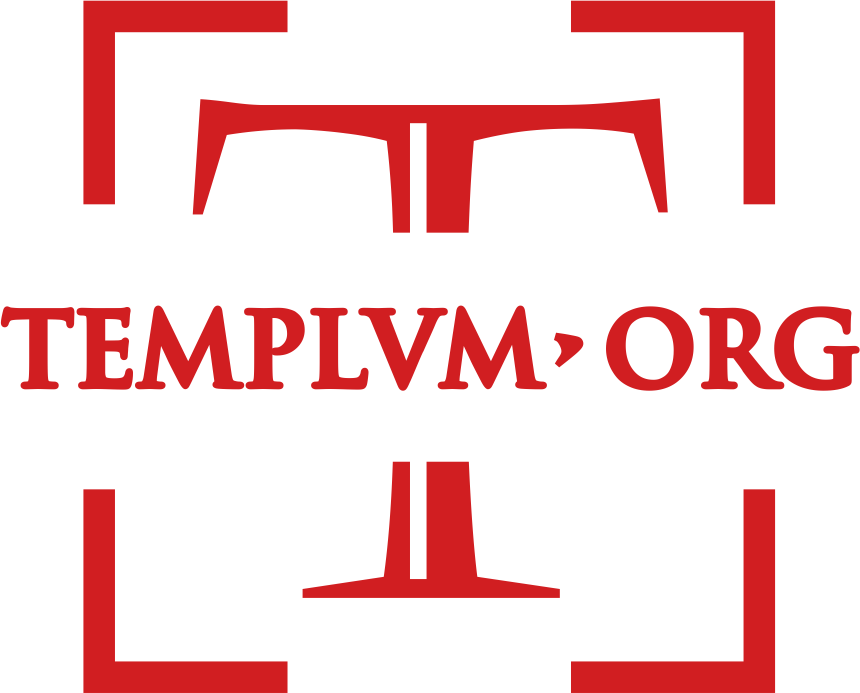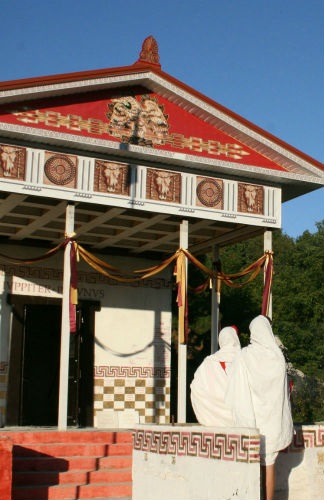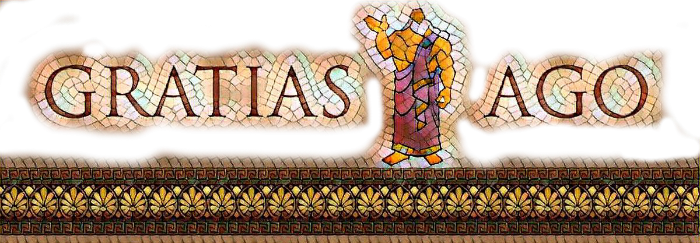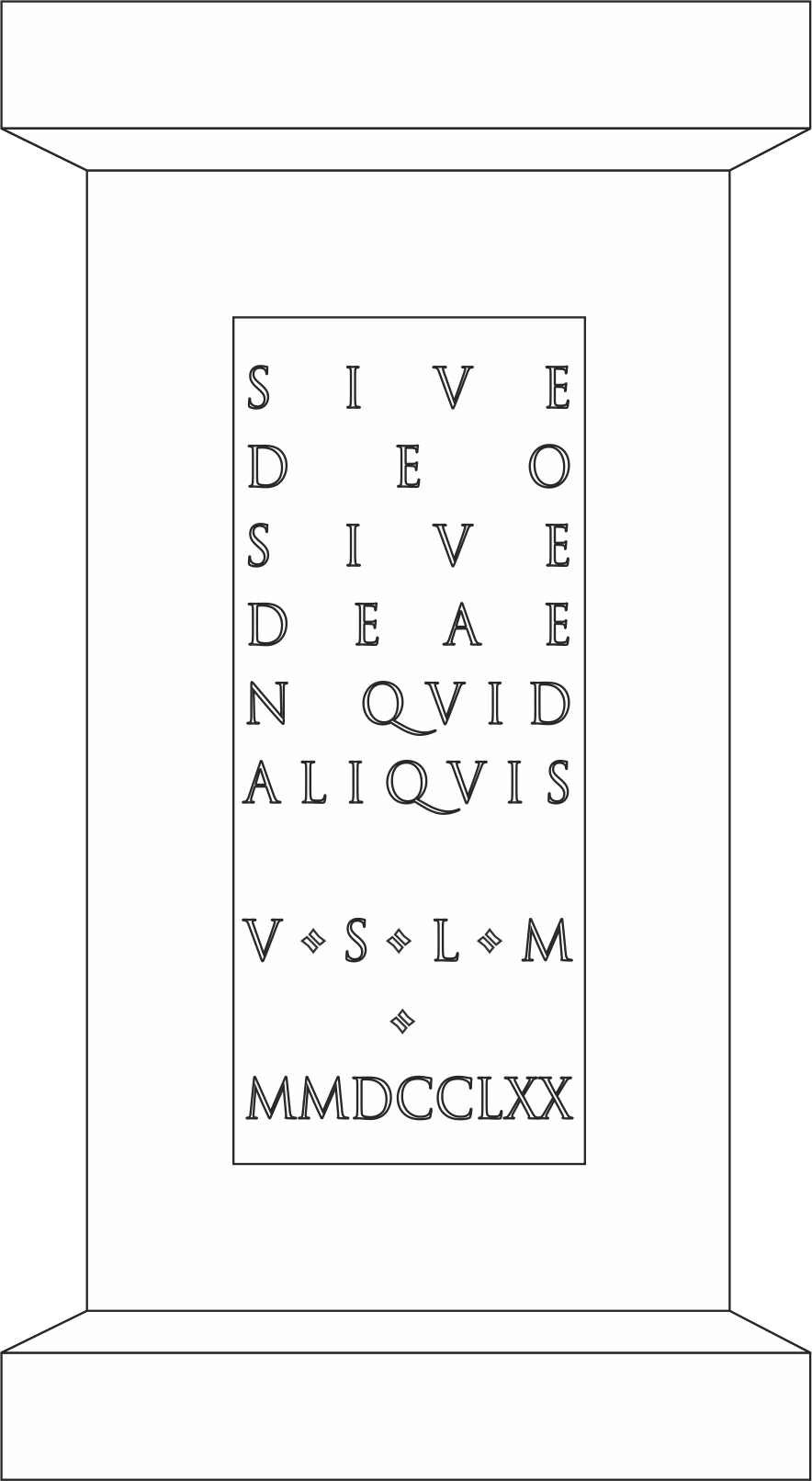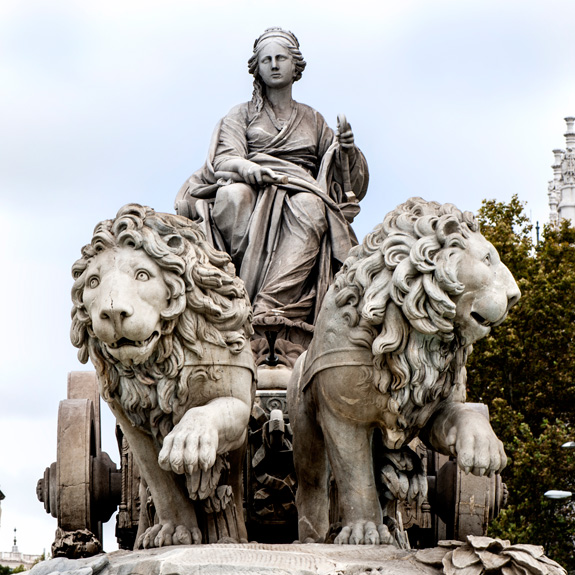
Magna Mater, known as the Great Mother, is a Roman goddess revered as the universal mother and a symbol of fertility, protection, and unyielding power. Originating from Phrygia, where she was known as Cybele, her cult was officially adopted into Roman religious practice in the 3rd century BCE during a time of crisis, reflecting her ability to bring stability and renewal. Magna Mater is venerated as a force of nature, the life-giving essence of the earth, and the protector of cities and people.
Magna Mater is depicted as a matronly yet commanding figure, often enthroned and accompanied by lions, symbolizing her sovereignty and mastery over wild nature. She is celebrated for her dual nature: nurturing and fierce, embodying the cycle of life, death, and rebirth. This duality is central to her worship, where devotees honor her not only as a source of creation but also as a force that ensures the continuance of life through transformation.
Rituals dedicated to Magna Mater emphasize themes of renewal, gratitude, and devotion. Celebrants often engage in music, dance, and offerings that reflect her vibrant and transformative essence. Her most significant festival, the Megalesia, held in April, celebrates her arrival in Rome and her vital role in the city’s spiritual life.
In the present day, those who venerate Magna Mater seek her guidance in embracing life’s cycles, overcoming challenges, and finding strength in both growth and adversity. Her worship emphasizes connection to the earth, community, and the enduring power of maternal care and resilience. For practitioners, Magna Mater is not merely a deity of the past but a timeless embodiment of life’s creative and protective forces.
Why worship Magna Mater
Magna Mater, or the Great Mother, represents the profound forces of creation, protection, and transformation that sustain life. As the embodiment of the earth’s fertility and the cycles of nature, she reminds us of the interconnectedness of all living things and the balance required for life to flourish. Worshiping Magna Mater allows devotees to honor these natural forces and seek alignment with the rhythms of the world around them.
Magna Mater is revered not only as a nurturing figure but also as a guardian of resilience and renewal. Her presence inspires strength in times of hardship, offering hope and guidance through life’s inevitable challenges. Through her dual nature—nurturing yet fierce—she teaches the value of growth through transformation and the importance of embracing change as a path to renewal.
Her worship fosters a deep connection to community and the earth. Rituals in her honor, such as offerings, music, and dance, encourage celebration of life’s vitality and acknowledgment of our shared responsibilities. Magna Mater’s role as a protector of cities and people further highlights her importance as a unifying and stabilizing force.
For modern practitioners, worshiping Magna Mater is a way to cultivate gratitude for the life-sustaining power of the earth and to draw strength from her eternal cycles of life, death, and rebirth. She serves as a reminder of the enduring resilience within us all and the nurturing power that supports our journey through the complexities of existence.
COLLEGIVM ARAE MAGNAE MATRI IDAEAE
The Collegium Arae Magnae Matri Idaeae is a contemporary religious organization dedicated to the veneration of Magna Mater, also known as the Great Mother or Cybele. This community seeks to honor the timeless power and wisdom of the goddess, fostering a deep connection to her as a source of life, transformation, and protection.
